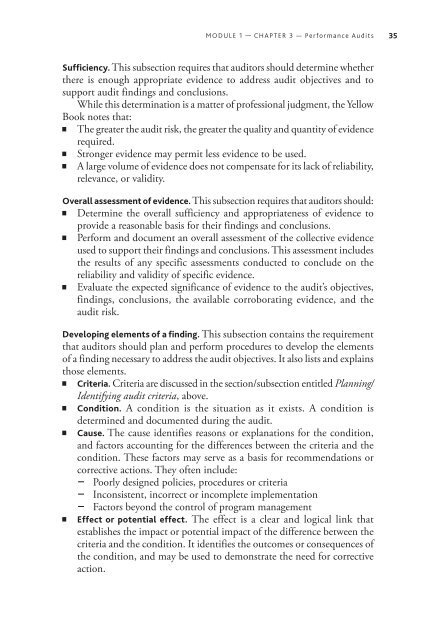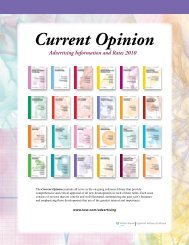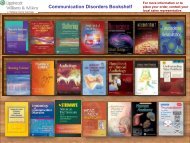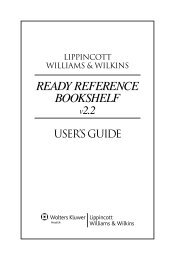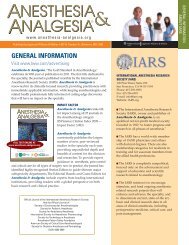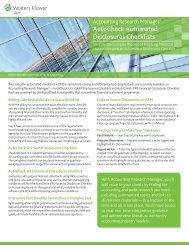TOP AUDITING ISSUES FOR 2013 - CCH
TOP AUDITING ISSUES FOR 2013 - CCH
TOP AUDITING ISSUES FOR 2013 - CCH
You also want an ePaper? Increase the reach of your titles
YUMPU automatically turns print PDFs into web optimized ePapers that Google loves.
MODULE 1 — CHAPTER 3 — Performance Audits 35<br />
Sufficiency. This subsection requires that auditors should determine whether<br />
there is enough appropriate evidence to address audit objectives and to<br />
support audit findings and conclusions.<br />
While this determination is a matter of professional judgment, the Yellow<br />
Book notes that:<br />
The greater the audit risk, the greater the quality and quantity of evidence<br />
required.<br />
Stronger evidence may permit less evidence to be used.<br />
A large volume of evidence does not compensate for its lack of reliability,<br />
relevance, or validity.<br />
Overall assessment of evidence. This subsection requires that auditors should:<br />
Determine the overall sufficiency and appropriateness of evidence to<br />
provide a reasonable basis for their findings and conclusions.<br />
Perform and document an overall assessment of the collective evidence<br />
used to support their findings and conclusions. This assessment includes<br />
the results of any specific assessments conducted to conclude on the<br />
reliability and validity of specific evidence.<br />
Evaluate the expected significance of evidence to the audit’s objectives,<br />
findings, conclusions, the available corroborating evidence, and the<br />
audit risk.<br />
Developing elements of a finding. This subsection contains the requirement<br />
that auditors should plan and perform procedures to develop the elements<br />
of a finding necessary to address the audit objectives. It also lists and explains<br />
those elements.<br />
Criteria. Criteria are discussed in the section/subsection entitled Planning/<br />
Identifying audit criteria, above.<br />
Condition. A condition is the situation as it exists. A condition is<br />
determined and documented during the audit.<br />
Cause. The cause identifies reasons or explanations for the condition,<br />
and factors accounting for the differences between the criteria and the<br />
condition. These factors may serve as a basis for recommendations or<br />
corrective actions. They often include:<br />
Poorly designed policies, procedures or criteria<br />
Inconsistent, incorrect or incomplete implementation<br />
Factors beyond the control of program management<br />
Effect or potential effect. The effect is a clear and logical link that<br />
establishes the impact or potential impact of the difference between the<br />
criteria and the condition. It identifies the outcomes or consequences of<br />
the condition, and may be used to demonstrate the need for corrective<br />
action.


